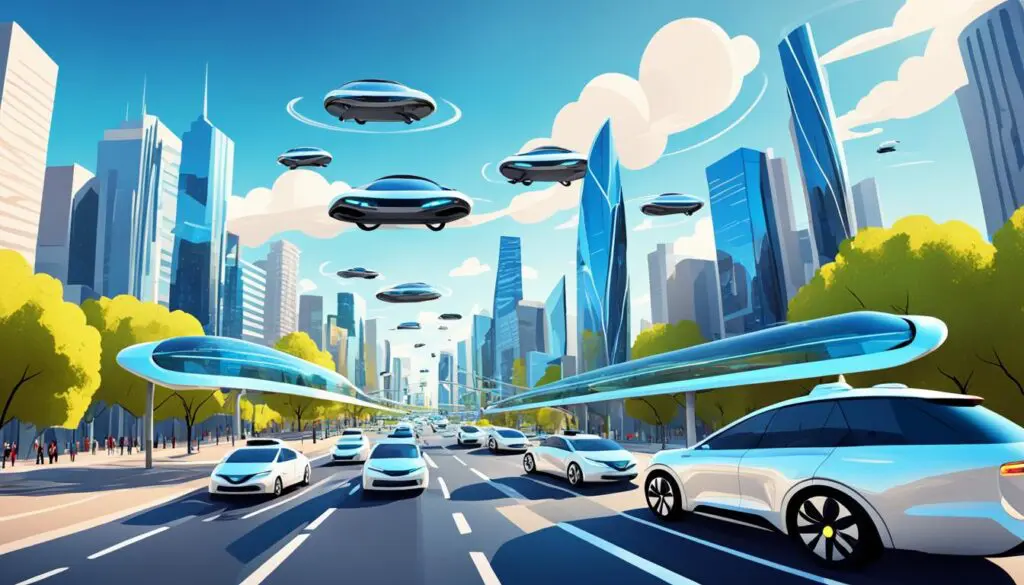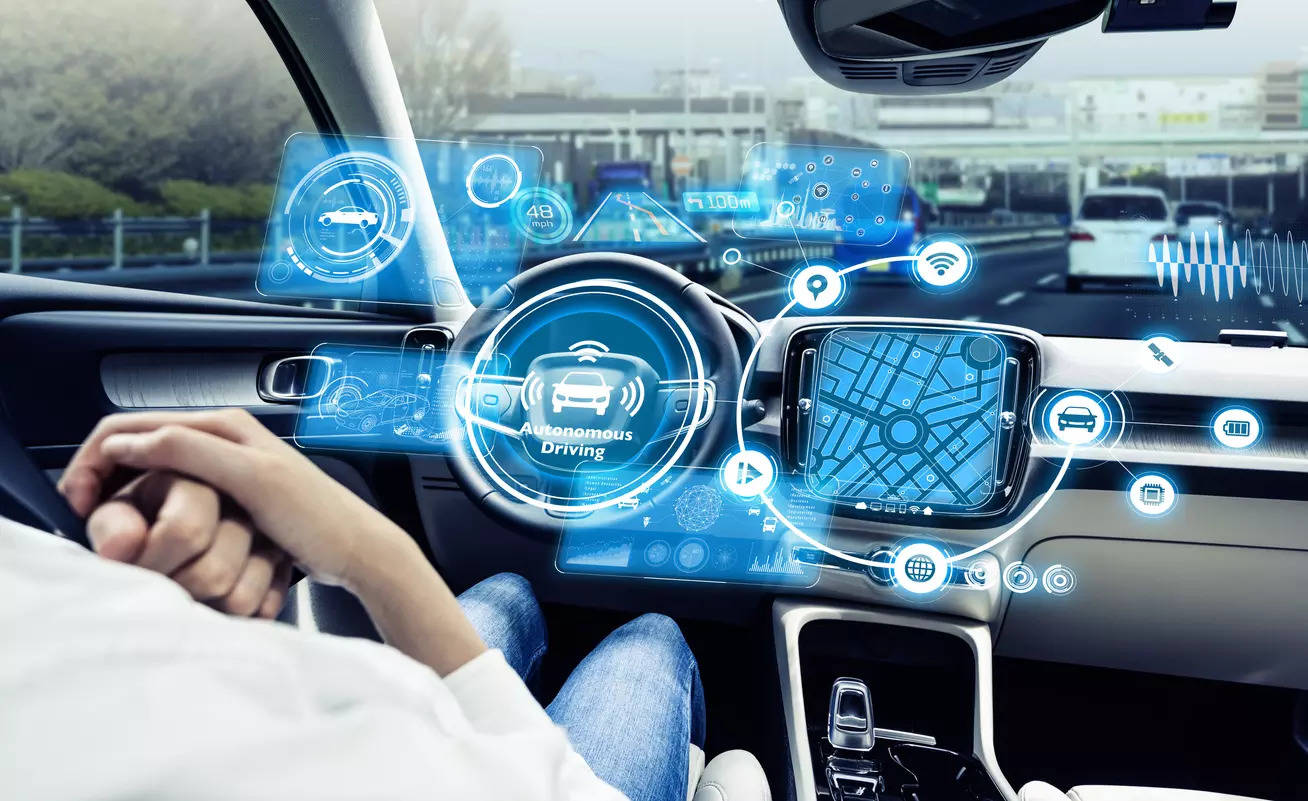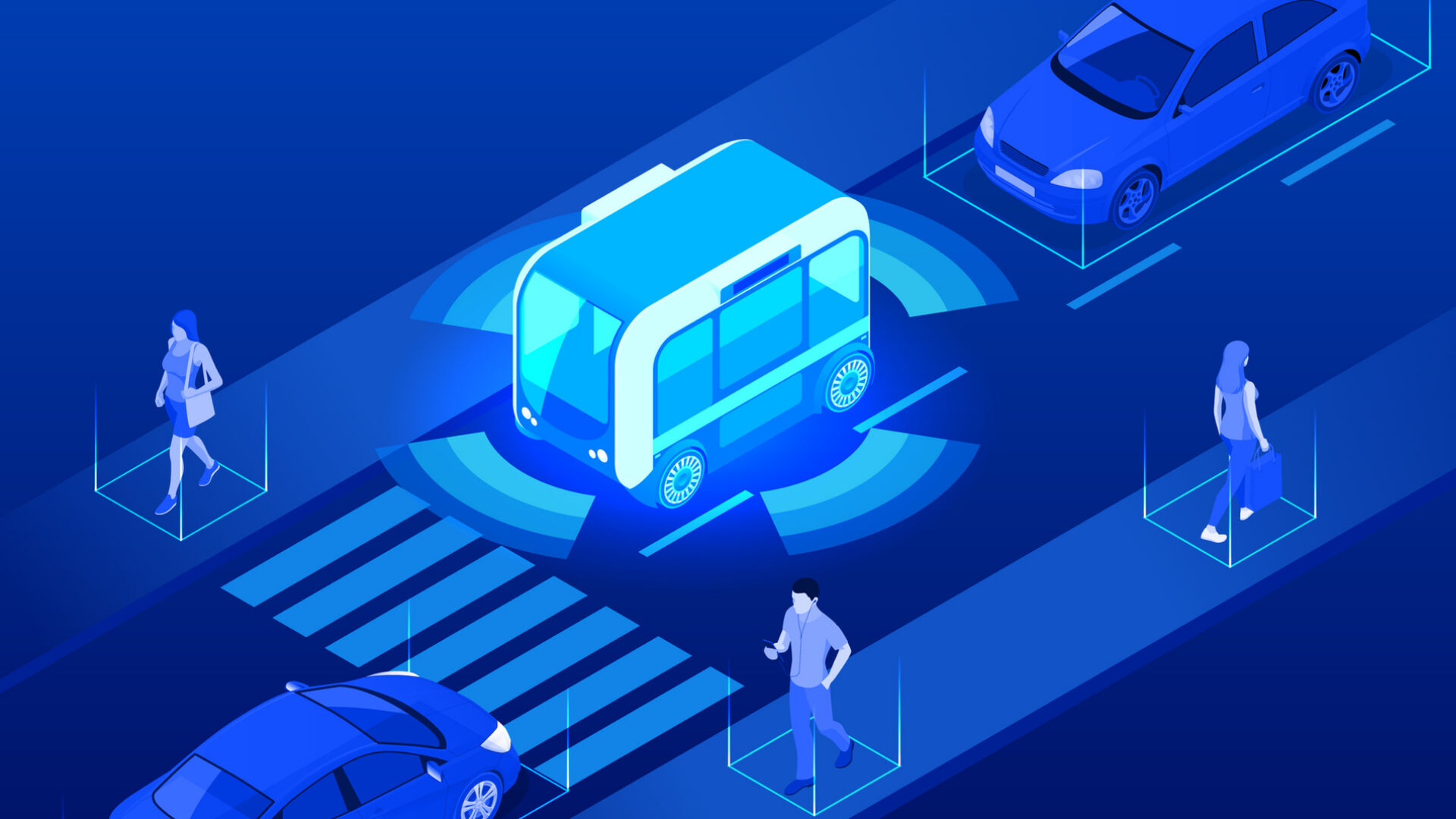
The European Union (EU) is positioning itself as a global leader in the development and implementation of artificial intelligence (AI), with a particular focus on the rapidly evolving autonomous vehicle (AV) industry. As the demand for cleaner, more efficient, and safer transportation grows, AI-driven autonomous vehicles are seen as key to transforming mobility across the region. This post explores how AI is shaping the future of autonomous vehicles in the EU, the regulatory landscape, and the challenges and opportunities facing the industry.
1. The Role of AI in Autonomous Vehicles

AI is at the core of autonomous vehicle technology, enabling cars, trucks, and other forms of transportation to operate without human intervention. Autonomous vehicles rely on AI systems, such as machine learning algorithms and neural networks, to process vast amounts of data from sensors, cameras, and radar systems. These AI technologies enable vehicles to:
- Detect and recognize objects, such as pedestrians and other vehicles.
- Make real-time decisions to navigate traffic and avoid obstacles.
- Adapt to changing road conditions and environmental factors.
For the EU, the integration of AI in autonomous vehicles is not just a technological advancement but also a solution to key societal challenges, such as reducing traffic accidents, lowering carbon emissions, and enhancing the efficiency of public transport systems.
2. The EU’s Vision for Autonomous Mobility

The EU’s approach to autonomous vehicles is closely tied to its broader goals of achieving a sustainable and competitive transportation system. The European Commission’s strategy for connected and automated mobility (CAM) outlines the importance of AVs in reducing road fatalities, improving traffic flow, and cutting down greenhouse gas emissions.
The EU also envisions AVs playing a critical role in creating a more integrated and efficient transport network. Through smart mobility solutions, autonomous vehicles can contribute to:
- Reduced congestion: By enabling vehicles to communicate with each other and with infrastructure (e.g., traffic lights, road signs), AI can optimize traffic flow, reducing delays and bottlenecks.
- Energy efficiency: Autonomous vehicles are expected to be predominantly electric, contributing to the EU’s climate goals by lowering reliance on fossil fuels.
- Accessibility: AI-driven autonomous shuttles and public transport can improve mobility for people with disabilities, the elderly, and those in underserved rural areas.
3. Regulatory Frameworks for Autonomous Vehicles in the EU

To ensure the safe deployment of AI-powered autonomous vehicles, the EU is working on a comprehensive regulatory framework. One of the most significant regulatory efforts is the development of the EU AI Act, which aims to establish a clear set of rules for AI applications, including in the automotive sector.
The regulatory framework for AVs in the EU covers several critical areas:
- Safety standards: Vehicles must adhere to strict safety guidelines, including requirements for data collection, testing, and real-time monitoring of vehicle performance.
- Liability and insurance: The EU is developing policies to address liability in case of accidents involving autonomous vehicles, as well as ensuring adequate insurance coverage.
- Cross-border harmonization: Given that autonomous vehicles will likely operate across multiple EU member states, harmonized regulations are essential to enable AVs to move seamlessly across borders.
4. Challenges Facing Autonomous Vehicle Adoption in the EU

While the potential for AI and autonomous vehicles in the EU is vast, several challenges must be overcome for widespread adoption:
- Infrastructure Readiness: Autonomous vehicles rely heavily on connected infrastructure, including smart traffic systems, high-definition road mapping, and vehicle-to-infrastructure (V2I) communication. Many EU countries are still in the process of upgrading their road networks to accommodate these needs.
- Data Privacy and Security: As autonomous vehicles collect and process vast amounts of data, concerns over data privacy and cybersecurity become increasingly important. The EU’s General Data Protection Regulation (GDPR) sets strict rules for how companies handle personal data, including that of AV users.
- Public Trust and Acceptance: Widespread adoption of autonomous vehicles also depends on public trust. Many consumers are still wary of fully autonomous systems due to concerns about safety and the loss of control. Building trust through rigorous testing, transparency, and public engagement is key.
5. Opportunities for Innovation and Growth

Despite the challenges, the EU’s focus on AI and autonomous vehicles presents significant opportunities for innovation and growth in several areas:
- Collaboration Across Industries: The development of autonomous vehicles requires collaboration between tech companies, automakers, and public authorities. Partnerships between these sectors are crucial to fostering innovation, from the development of AI systems to the creation of smart infrastructure.
- Job Creation: While automation may change the nature of certain jobs, it will also create new opportunities in AI development, software engineering, data analysis, and infrastructure planning.
- Sustainability Goals: The integration of autonomous vehicles into the EU’s transportation system is closely aligned with the European Green Deal’s goal of making Europe climate-neutral by 2050. By promoting electric AVs and reducing road congestion, the EU can reduce its overall carbon footprint.
6. Looking Ahead: The Future of Autonomous Mobility in the EU
The future of AI-driven autonomous vehicles in the EU looks promising. Governments, industries, and researchers are working together to create a safe, efficient, and sustainable autonomous mobility ecosystem. With regulatory frameworks being finalized and infrastructure improvements underway, Europe is well on its way to becoming a leader in autonomous mobility.
As AI continues to evolve, we can expect more innovations in areas such as vehicle-to-everything (V2X) communication, advanced driver assistance systems (ADAS), and the deployment of autonomous public transport systems. These developments will help to reshape the way people and goods move across Europe, ultimately making transportation safer, more sustainable, and more accessible.
Conclusion
AI-powered autonomous vehicles have the potential to revolutionize the EU’s transportation landscape. While challenges remain in terms of regulation, infrastructure, and public trust, the EU’s focus on innovation and sustainability provides a strong foundation for the future of autonomous mobility. By fostering collaboration and maintaining a strong regulatory framework, the EU is paving the way for the widespread adoption of AI-driven autonomous vehicles, shaping a new era of mobility for its citizens.

